Walking down from Walbury Hill towards West Woodhay, beneath a sky criss-crossed with the vapour trails of other, more urgent travellers.
At the foot of the hill the fresh green of newborn horse chestnut leaves. Down here the trees are more advanced, 100 yards earlier they still had sticky buds.
Further round by Inkpen the trees are more advanced still. This one is so far forward it has become a property developer.
This little house is made of bricks. SOS. Sand or silica. Sound or silence.
Song of skylark.
A tunnel through the trees leads the way gently uphill along a bridleway, the ground stamped with horseshoe prints, up to the steep scarp of Inkpen Hill.
Suddenly its tough going, a breathtaking climb, an aerobic workout. How is fell running possible? But the view is stunning. Down below, between the pinstriped fields is the tunnel of trees that led us here.
This photo, courtesy of Thames Valley Hang Gliding Club, shows the diagonal path up the side of Inkpen Hill to Combe Down. The only hang gliders we saw were red kites soaring on the wind, hardly beating their wings at all. Though there had been other hangings.
Combe gibbet, site of 17th century executions, stands on top of Combe Down above a prehistoric long barrow. Below is the village of Combe, nestled in its sleepy hollow, enclosed by hills. I first remember the sound as cwm from school geography lessons, from the Welsh for valley. There was also Welcombe in Devon for family holidays, but closer to home was Holcombe Hill and Good Friday egg rolling, aka pace egging. Perhaps this walk would have been more timely last weekend, at Easter. Combe gibbet looks more like a cross of crucifixion than a traditional gallows pole.
Beyond Combe Down and we return to Walbury Hill, the largest Iron Age hillfort in Berkshire and the highest point in south east England and today the nearest place to heaven.
Walk the walk – Combe Gibbet



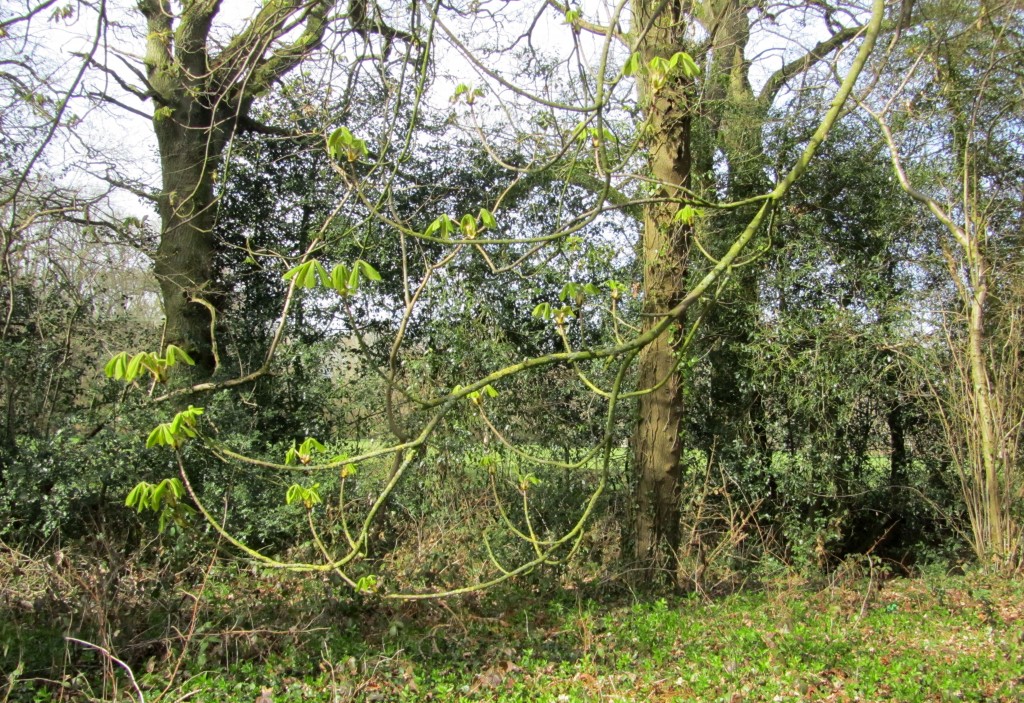
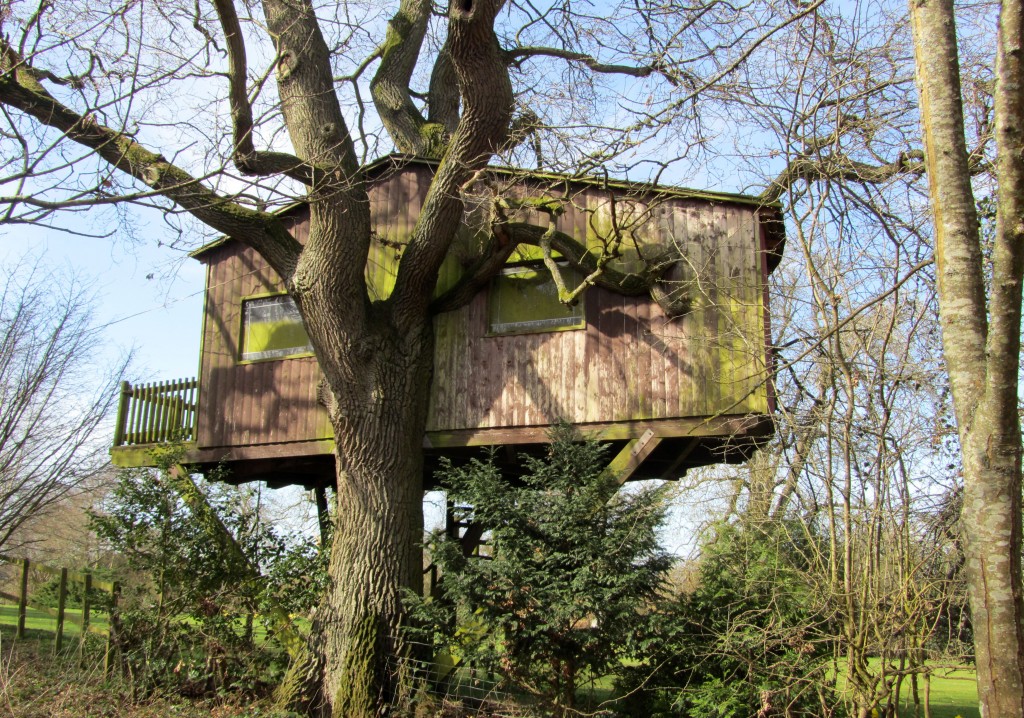
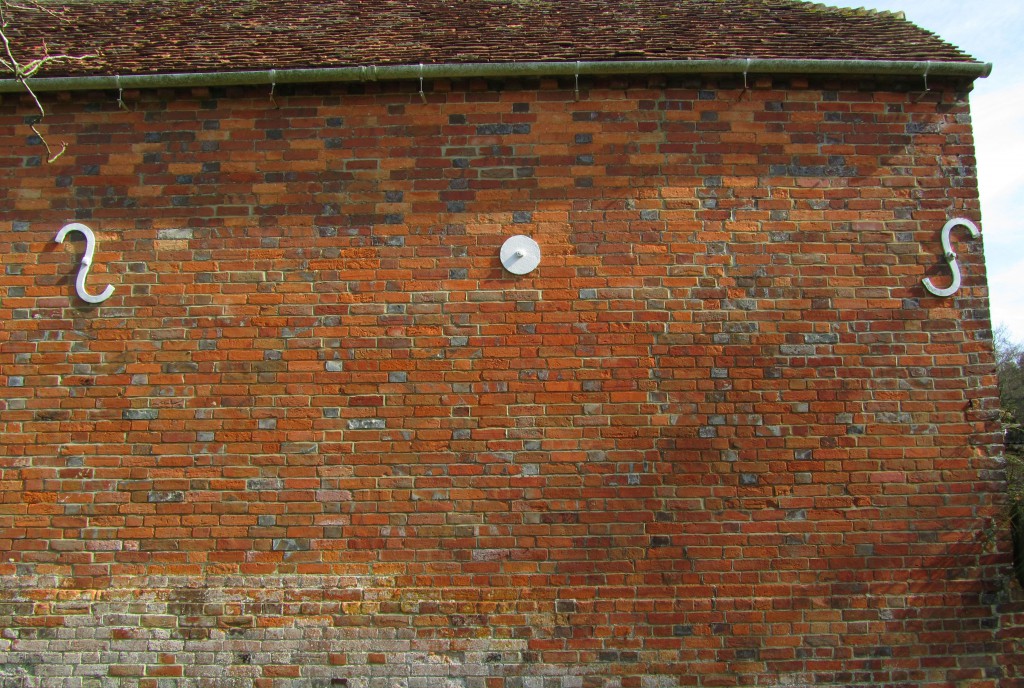

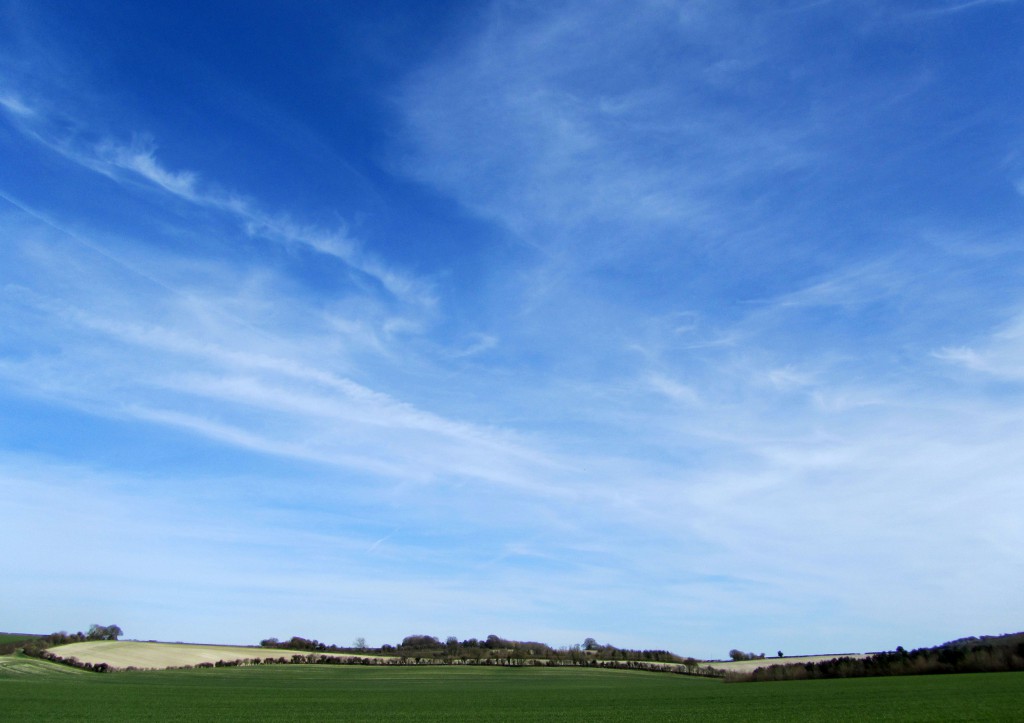
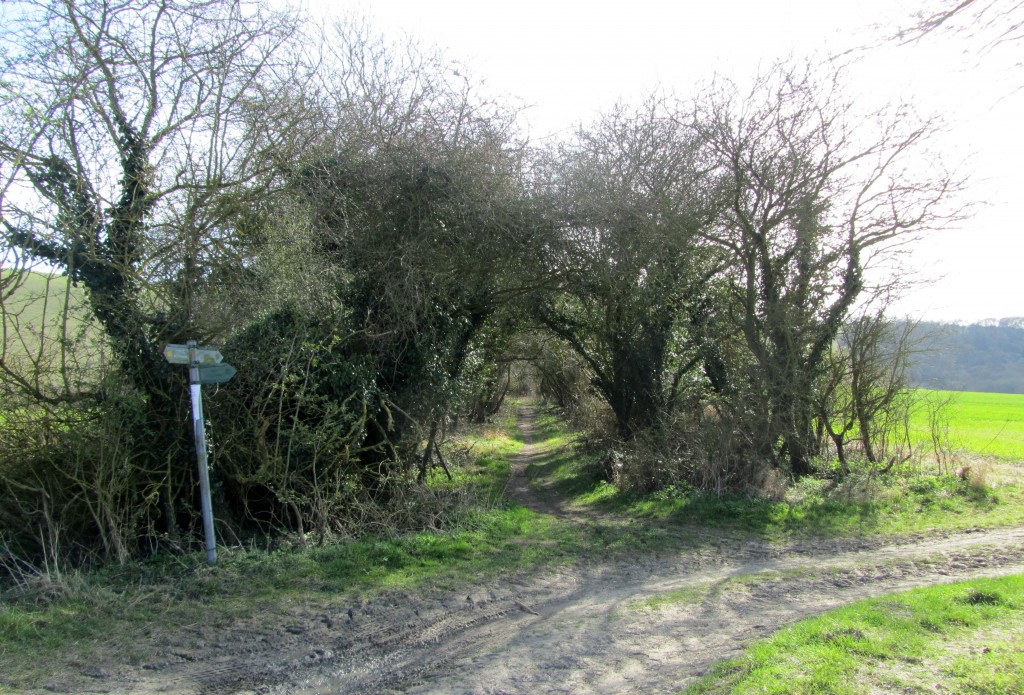
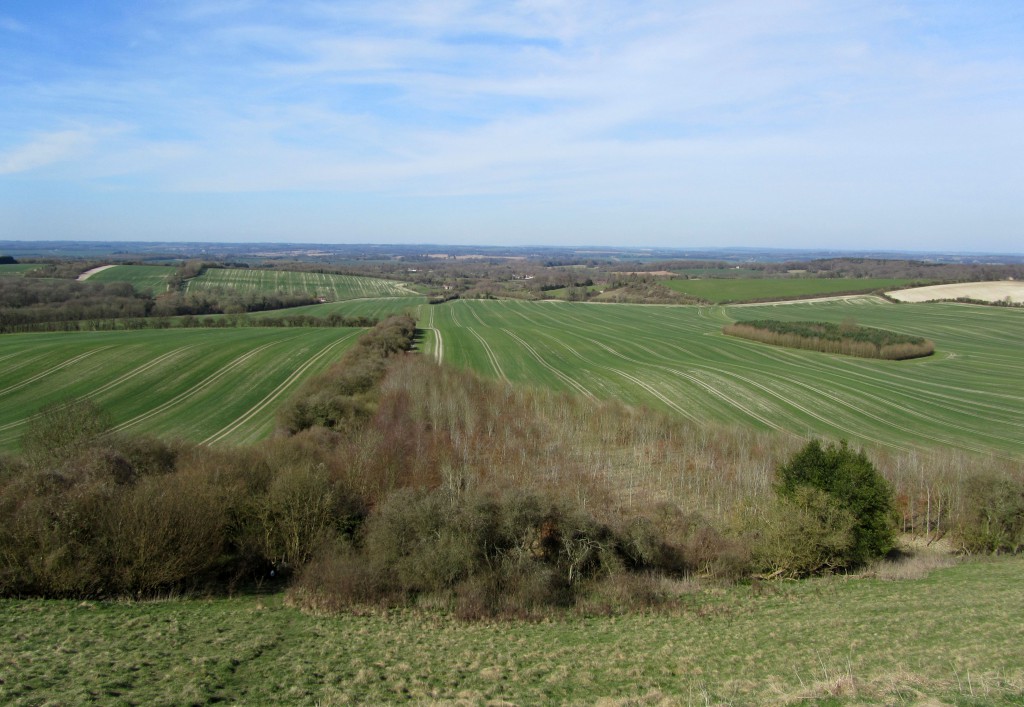

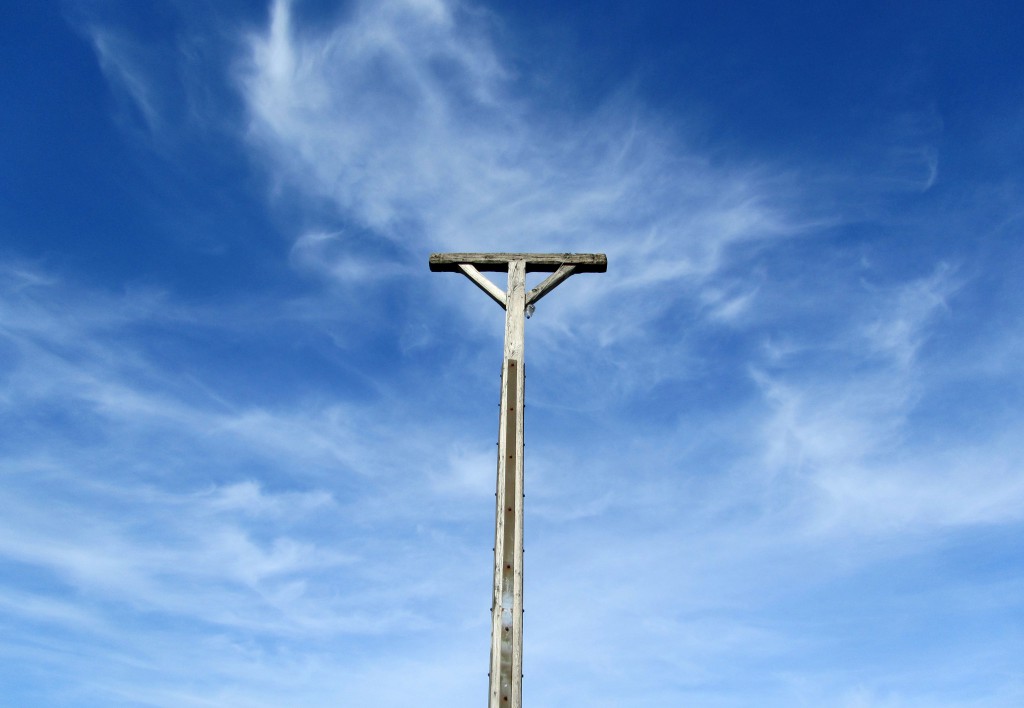
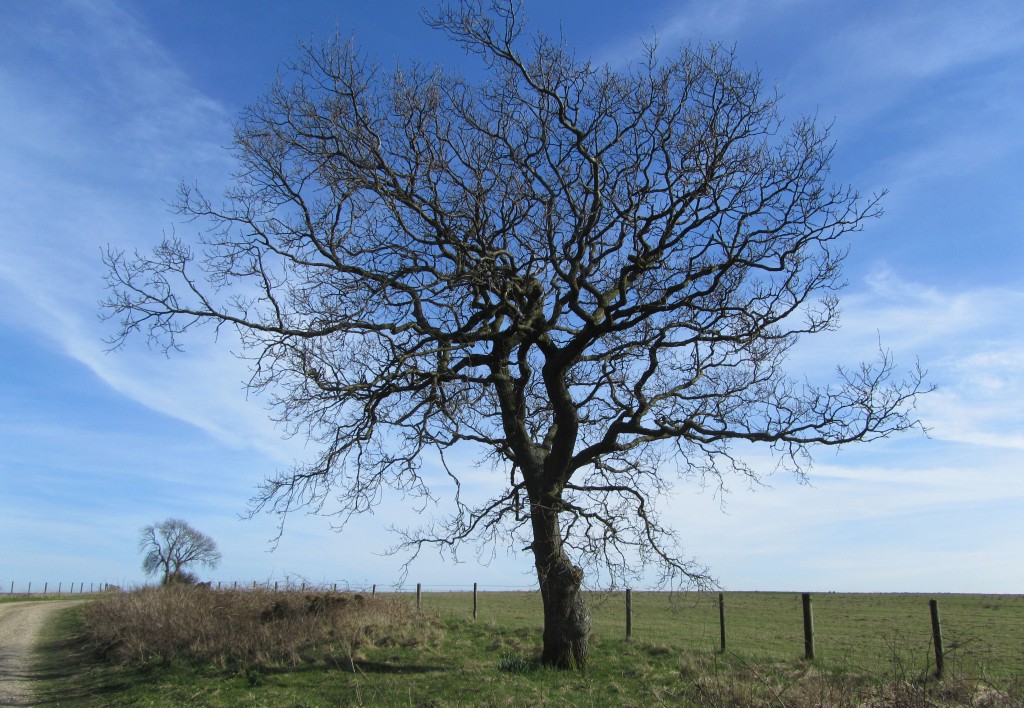
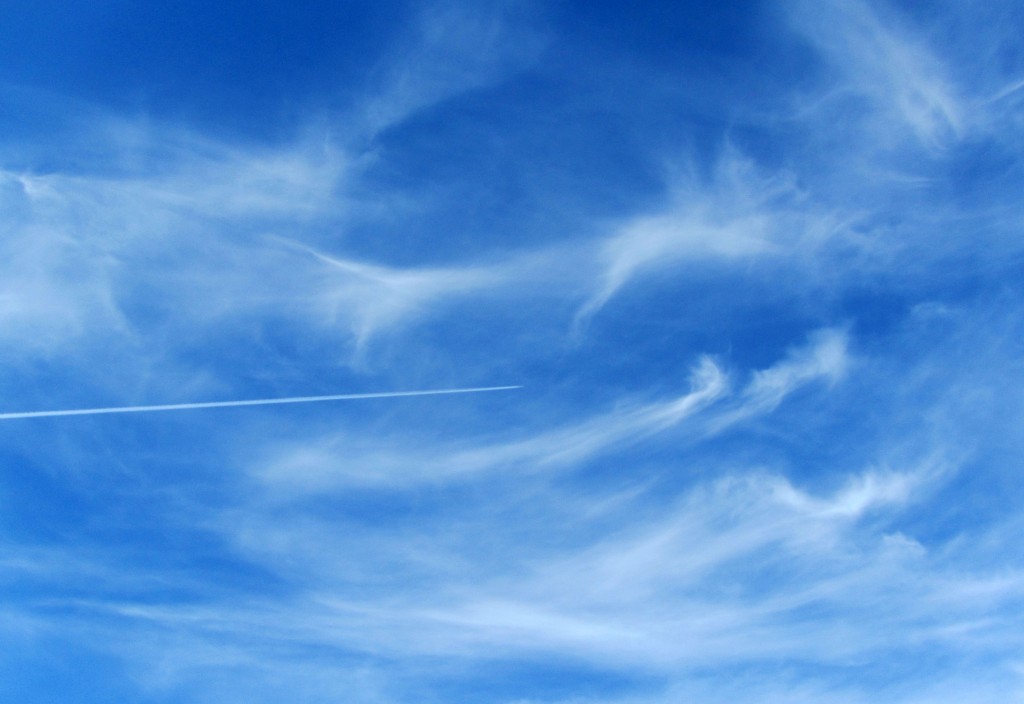

Lovely pictures, I especially liked the property-developing tree!